Guest post by Kia Roberston, President of Today I Ate A Rainbow!
Kids love rainbows! What's not to like, they're so bright and colourful! Did you know that you can take that love of rainbows and put it on a plate filled with fruits and vegetables?! Using a rainbow as a guide, you can ensure that your kids benefit from a wide range of vitamins, minerals and phytonutrients in their diet.
Phytonutrients are natural chemical compounds found in all plants; they protect against disease and promote health in plants and humans. Many phytonutrients also give fruit and vegetables their bright colour. By breaking produce down into colour groups of fire-engine red, bright orange, sunshine yellow, emerald green, and rich purples you can make eating fruits and vegetables fun for your kids!
As parents we "know" that our children should be eating at least 5 servings a day of fruits and vegetables however getting them to actually eat their fruits and veggies can sometimes be challenging!
Here are some suggestions on how to get your kids to eat their fruits and veggies:
1. Keep Fruits and Vegetables in Sight: Stock your fridge full of washed and ready to eat fruits and veggies.
2. Remove the Competition: If you provide only healthy options they will get eaten! Leave the junk food for an occasional treat!
3. Prepare Meals Together: Toddlers can wash and rip lettuce, preschoolers can measure and stir, and older kids can find recipes and help create meals. Children are far more likely to dig into a new dish if they helped prepare it!
4. Take them Grocery Shopping: When you have the time, take your children grocery shopping with you and let them pick out a fruit or vegetable. Challenge them put a rainbow in the shopping cart!
5. Serve a Fruit or Vegetable with Every Meal: Every day and every meal, fruits and veggies should be on the menu.
6. Keep it Simple: Veggies taste best when you don’t do too much to them. Eating them raw seems to be a favorite with kids.
7. Be a good Role Model: If you expect your child to eat vegetables, you need to be eating them, too!
8. Eat the Same Meals: Make one meal for the family. Don’t start the habit of serving different menus for everyone as you’ll end up with a house full of picky eaters and a lot of extra work in the kitchen!!
9. Keep trying: Kids need to be exposed to, and ideally taste, a new food as many as 10 times before they’ll accept it. Download the free Today I Tried chart to have fun keeping track.
10. Eat A Rainbow: Focus on providing your kids with fruits and veggies in the five main color groups of the food rainbow. It's easy and a fun way to look at eating produce...and kids are all about FUN!
Here is a fun way to eat a rainbow:
Rainbow Fruit Sticks
Need a colourful, tasty, healthy item to bring to your next potluck or school event?!? Try these easy to make Rainbow Fruit Sticks!
All you need is a collection of colorful fruit and some skewers!I like to use: Pineapple, Green Grapes, Cantaloupe, Raspberries, Honeydew Melon and Blackberries to give the skewers a nice rainbow effect.
1. Wash your fruit and let dry a little so that they are easy to work with.
2. Arrange your fruit and skewer them in the same order. (Be careful with very young kids and the skewers!)
3. Display your Rainbow Fruit Sticks on a platter and enjoy!
Editor's Note: You can order a Today I Ate A Rainbow! Kit to help kids keep track of all the different rainbow fruits and vegetables. Once they've eaten five for the day, they hit their goal. It's a fun, interactive kit that reminds kids about the importance of eating healthy fruits and vegetables.
Kia Robertson is a mom, author and the creator of the Today I Ate A Rainbow kit; a tool that helps parents establish healthy eating habits by setting the goal of eating a rainbow of fruits and vegetables every day.
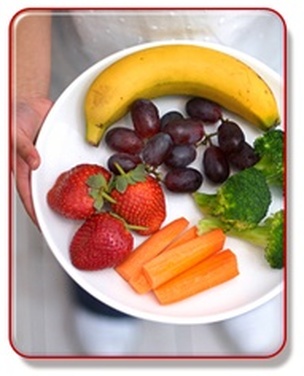
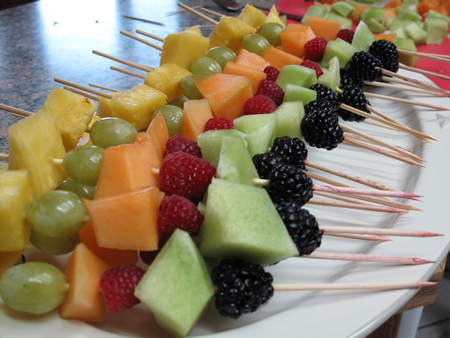
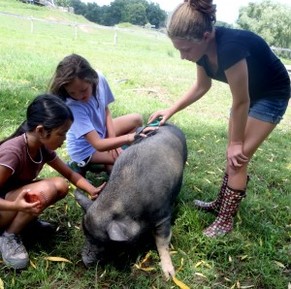
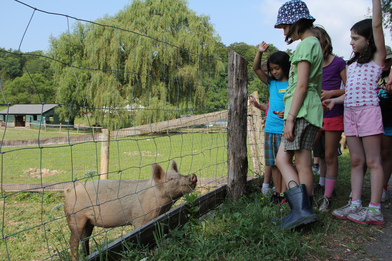
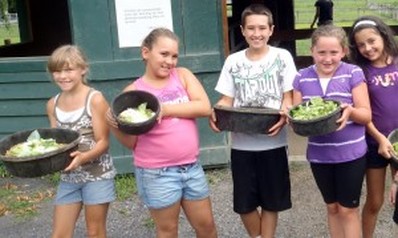
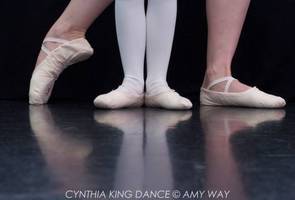
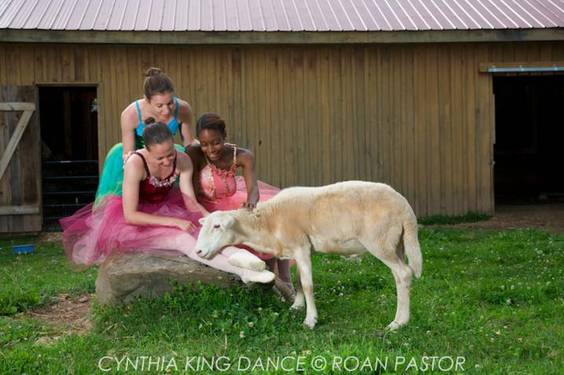
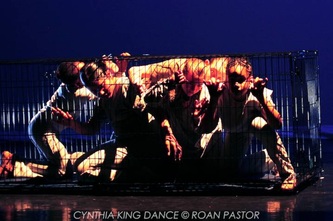
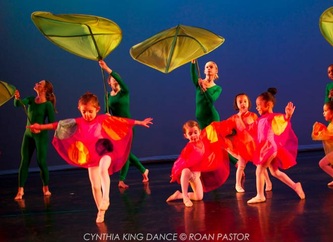
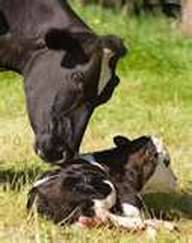
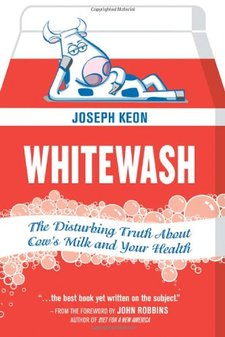

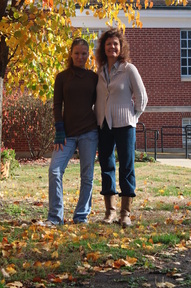
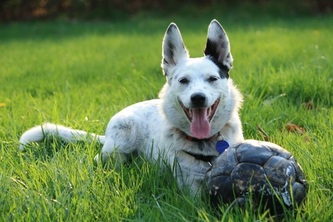
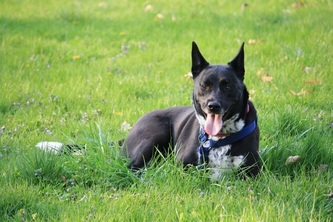
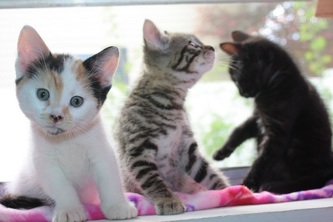
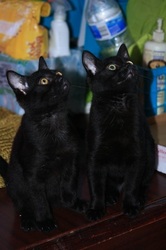
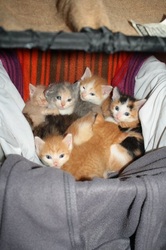
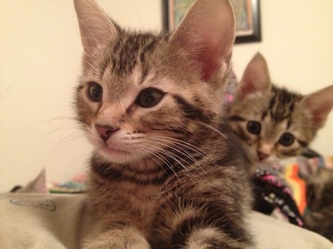

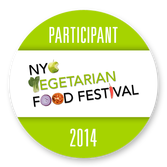

 RSS Feed
RSS Feed
